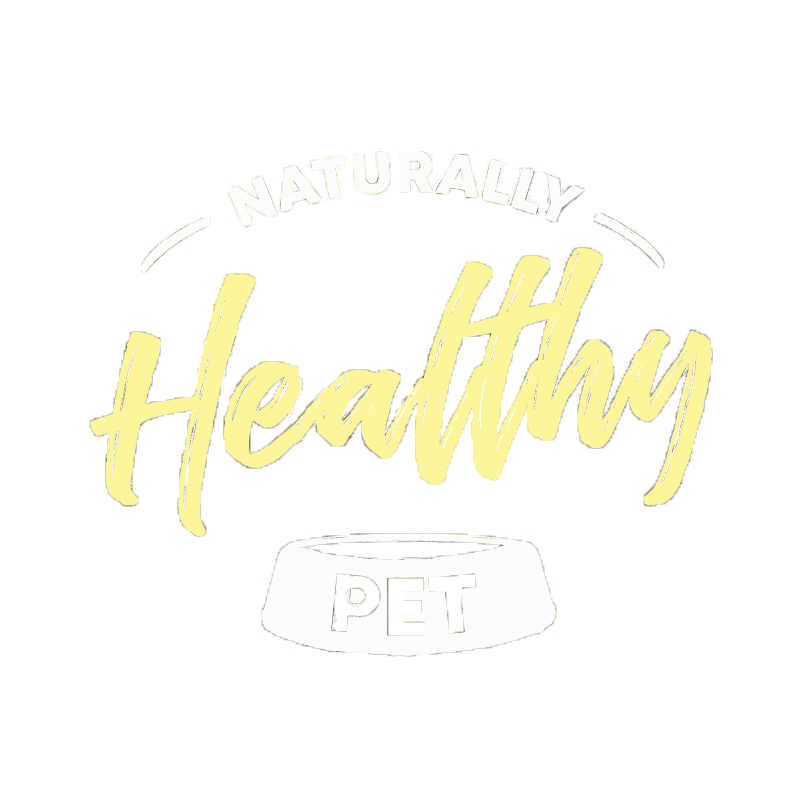How many people realise that just basic laundry Fabric Conditioner/Softener is one of the worst, known to have cancer-causing ingredients I wonder? Oh, but it doesn’t get ‘inside you’ does it ? does it ………………… ?
Residues are left on your washing which then are constantly in contact with your ‘porous’ skin – seeping into your system through your skin…..
Fancy a challenge ?
Go to your supermarket, look up and down the household aisle, pick a product and go through the label – no, ‘really’ go through the label………. you might be interested, and horrified at what you find out – I’ve done this with Mr Muscle Oven Cleaner below – take a look : Mr. Muscle Oven Cleaner Aerosol Johnson Diversey
The list of ingredients given is:
Isobutane – isobutane is an alkane that combines an isomeric with butane to come up with a compound that is commonly used in the preparation of aerosol sprays. The isobutane is added to the formula, giving the spray its propellant qualities, thus eliminating the need for the hand pump sprayer.[ http://www.wisegeek.com/what-is-isobutane.htm ]
Butane – Butane, also called n-butane, is the unbranched alkane with four carbon atoms, CH3CH2CH2CH3. Butane is also used as a collective term for n-butane together with its only other isomer, isobutane (also called methylpropane), CH(CH3)3. Butanes are highly flammable, colourless, odorless easily liquified gases. The name butane was derived by back-formation from the name of butyricacid. Inhalation of butane can cause drowsiness, narcosis, asphyxia, cardiac arrhythmia and frostbite, which can result in instant death from asphyxiation, acute toxicity and ventricular fibrillation. Butane is the most commonly misused volatile substance in the UK, and was the cause of 52% of “solvent related” deaths in 2000. [1] By spraying butane directly into the throat, the jet of fluid can cool rapidly to –20 °C by expansion, causing prolonged laryngospasm. [2] “Sudden Sniffer’s Death syndrome”, first described by Bass in 1970, [3] is the most common single cause of “solvent related” death, resulting in 55% of known fatal cases.[ http://en.wikipedia.org/wiki/Butane ]
Diethylene glycol monobutyl ether – * Diethylene glycol butyl ether (DGBE) is a type of glycol ether. It is primarily used as a solvent in coatings, inks, cleaners and specialty fluids, or to produce diethylene glycol butyl acetate. It evaporates slowly and is completely water-soluble. Dow sells DGBE under the trade name Butyl CARBITOL™ solvent. Although some glycol ethers have been shown to cause adverse reproductive effects and birth defects in laboratory animals, DGBE does not show the same pattern of toxicity as these other glycol ethers. DGBE has low oral, dermal and inhalation toxicity. Still, when used improperly, DGBE can cause severe eye irritation and slight corneal injury. Occupational and consumer exposure is possible because DGBE is used in a wide variety of industrial and consumer products like cleaning products, paints, and inks. Skin exposure is the most likely route for human exposure. DGBE studies show it is unlikely to cause adverse environmental impact because it readily biodegrades, does not bioaccumulate and has low acute toxicity to aquatic organisms.[ http://www.dow.com/product safety/finder/dgbe.htm ]
Monoethanolamine (MEA) -Ethanolamine, also called 2-amino ethanol or monoethanolamine (often abbreviated as MEA), is an organic chemical compound that is both a primary amine (due to an amino group in its molecule) and a primary alcohol (due to a hydroxyl group). Like other amines, monoethanolamine acts as a weak base. Ethanolamineis a toxic, flammable, corrosive, colourless, viscous liquid with an odour similar to that of ammonia. [ http://en.wikipedia.org/wiki/Ethanolamine ]
Sodium hydroxide – Sodium hydroxide (NaOH), also known as lye, caustic soda and (incorrectly, according to IUPAC nomenclature)[1] as sodium hydrate, is a caustic metallic base. Sodium hydroxide forms a strong alkaline solution when dissolved in a solvent such as water. It is used in many industries, mostly as a strong chemical base in the manufacture of pulp and paper, textiles, drinking water, soaps and detergents and as a drain cleaner. Worldwide production in 1998 was around 45 million tonnes. Sodium hydroxide is the most used base in chemical laboratories.[ http://en.wikipedia.org/wiki/Sodium_hydroxide ]
Water
Smectite – Smectite is a kind of clay produced when water eats away at rock. Clay is a group of crystalline minerals, mainly hydrous silicates. [ http://www.smm.org/boghopper/Smectiteandbentoniteclay.html ] According to the manufacturers own Material Data Safety Sheet the following are potential issues with this product, and who is most likely at risk : The National Library of Medicine does not evaluate information from the product label or the Material Safety Data Sheet. [http://householdproducts.nlm.nih.gov/cgi-bin/household/brands?tbl=brands&id=19001050]
Acute Health Effects: From MSDS:
Routes of Entry: Inhalation. Eye contact. Skin contact.
Potential Acute Health Effects:
Eye: Corrosive. May cause permanent damage including blindness.
Skin: Corrosive. May cause permanent damage.
Inhalation: May cause irritation and corrosive effects to nose, throat and respiratory tract.
Ingestion: Corrosive. May cause burns to mouth, throat, and stomach.
Medical Conditions Generally Recognised As Being Aggravated By Exposure: Individuals with chronic respiratory disorders such as asthma, chronic bronchitis, emphysema,etc., may be more susceptible to irritating effects.
Chronic Health Effects: MSDS:Effects of Chronic Exposure: None known.
Carcinogenicity: MSDS:Contains approximately 0.1% Cristobalite, CAS# 14464-46-1. This formulation is a heavy, viscous liquid. Therefore, respirable-size particles of dry Cristobalite are not expected to become airborne and will not be inhaled.
First Aid: MSDS:First Aid Measures
Eye Contact: Flush immediately with running water for at least 15minutes, keeping eyelids open. Get medical attention immediately.
Skin Contact: Flush immediately with plenty of water for at least15 minutes. Get medical attention immediately.
Inhalation: If breathing is difficult: remove to fresh air. Get medical attention immediately.
Ingestion: Do not induce vomiting. Immediately drink plenty of water. Never give anything by mouth to an unconscious person. Get medical attention immediately.
Health Rating: 3 Flammability Rating: 4 Reactivity Rating: 0 HMIS Rating Scale: 0 =Minimal; 1 = Slight; 2 = Moderate; 3 = Serious; 4 = Severe; N = No information provided by manufacturer; * = Chronic Health Hazard MSDS Date: 2001-06-26
* So this product has a ‘serious’ health rating, and a ‘severe’ flammability rating ! *
The recommended handling advice for this product is : MSDS: Handling and Storage
Handling: Avoid contact with eyes, skin, and clothing. Do not taste or swallow. Avoid breathing vapors or spray mists. Wash thoroughly after handling. Remove and wash contaminated clothing and footwear before re-use. Product residue may remain on/in empty containers. All precautions for handling the product must be used in handling the empty container and residue. Use only in well-ventilated areas. Do not puncture or incinerate. FOR INDUSTRIAL USE ONLY.
Storage: Store in a dry, cool and well-ventilated area. Protect from freezing. Keep container tightly closed. Keep away from heat, sparks and flame. Pressurized container: protect from sunlight and do not expose to temperature exceeding 50oC. Do not pierce or burn, even after use. Keep out of reach of children. I think ‘my’ recommendations for handling and storage of this product would be, ‘ don’t pick it up off the shop shelf, and don’t give it space in your home’ !
And the recommendations for disposal: MSDS: Undiluted product is regulated under environmental and transportation laws as a corrosive waste. If possible, recycle empty aerosol cans to the nearest steel recycling centre. Use up package or give to someone who can.
Dispose of according to all federal, state and local regulations. – now I wonder how many people who buy this product know, or take any notice of that ??
So here we have a product which is highly dangerous through every way it can enter your body, and where on almost every occasion when it ‘does’ come into contact with you, you are advised to ‘Get medical attention immediately’ – and this product is sold as a common, bog standard household oven cleaner, with an advertisement which shows the user dressed skimpily in shorts and a vest with bare arms and seemingly not a care in the world, where people with such common conditions as asthma may be even more susceptible to irritation and corrosive effects to nose, throat and respiratory tract when breathing in the fumes, which is very hard not to do when spraying an aerosol into an oven which is like a box and enclosed on all sides except the one where your head is [the fumes have to go somewhere] – and does the user in the advert wear a gas-mask ??
Oh, and just to add the last touch – “Effects of Chronic Exposure: Noneknown.”
No, I think we’ll leave Mr.Muscle on the shelf and maybe have a slightly dirtier oven or use a bit more elbow grease. :o)
I am sure that many have no idea or the faintest clue the level of toxicity of products sold, everyday household and personal care products sitting on the supermarket shelves for us to buy and use – after all – surely ‘they’ wouldn’t be allowed to market and produce and sell anything that was ‘really’ bad for you, would they ? would they ……………. ?





